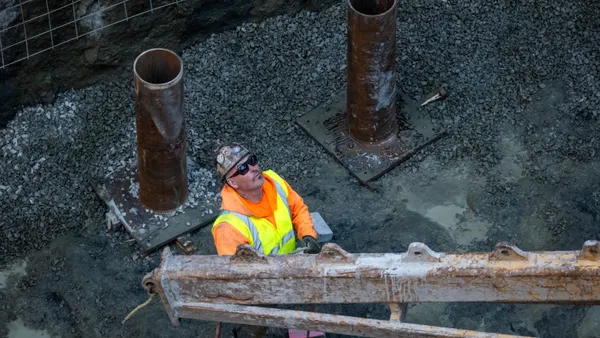Dive Brief:
- According to the May Zillow Real Estate Market Report, home values rose 5.4% from May 2015 to a Zillow Home Value Index of $186,000, but starter home prices shot up 8%, double the rate of high-end homes.
- The tight supply of entry-level inventory, which has fallen 9% year over year, has caused more competition in the real estate market this season, with many homes selling over the asking prices, Zillow noted.
- High-end buyers and renters have experienced a more stabilized market with more choices and better chances at making a good deal on a home purchase or rental unit.
Dive Insight:
Although existing home sales in the U.S. increased 1.8% between April and May, according to the National Association of Realtors, the share of first-time buyers fell to 30% in May, down from 32% in April. NAR Chief Economist Lawrence Yun said the decrease in first-time buyer activity was a result of that demographic's ongoing difficulty entering the housing market.
While new construction has increased slightly, Yun said, the gap between supply and demand is continuing to push home prices higher, making it more difficult for first-time buyers, often younger and without much in the way of savings, to become homeowners.
Lennar Homes CEO Stuart Miller recently said in a post-earnings conference call that the difference between the housing market's demand and supply cannot be remedied by current starts of 1 million per year and that the current environment of high prices and low inventory has resulted in "a new normal" for the sector. Miller cited shortages of both labor and land as having a major influence on supply.
In addition, the Urban Institute's Housing Finance Policy Center reported this month that even though single-family construction had increased slightly compared to the lowest point of the housing crash, the residential industry was building only six homes for every 10 new households. This disparity has driven home prices and rents higher, creating a housing crisis that necessitates policy intervention at all levels of government, according to the Institute.













